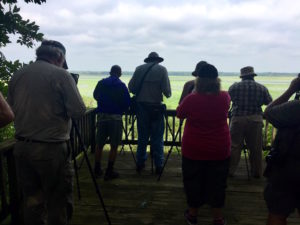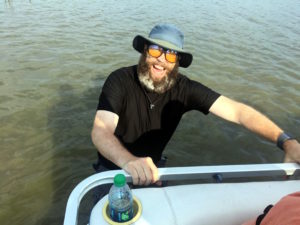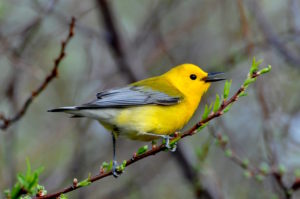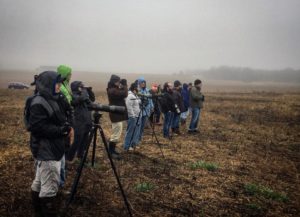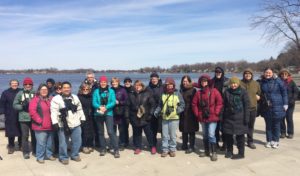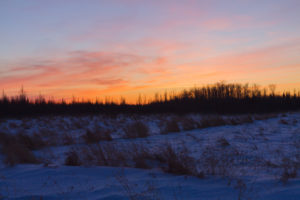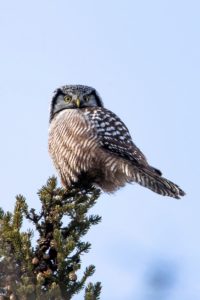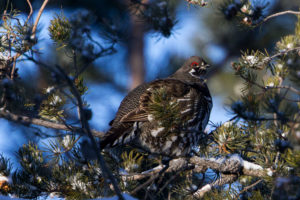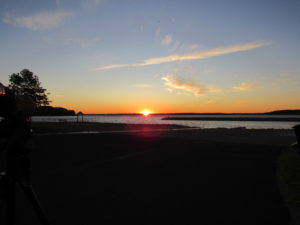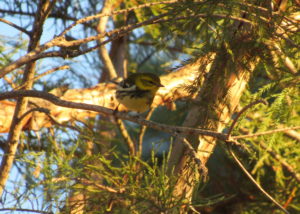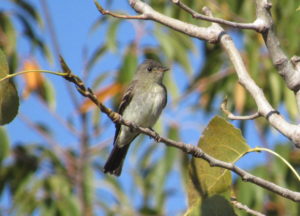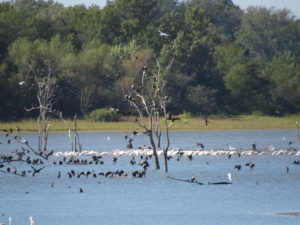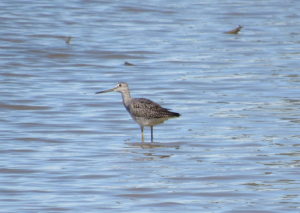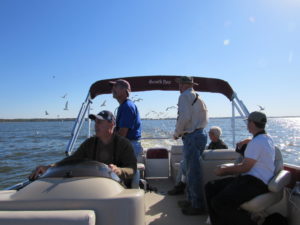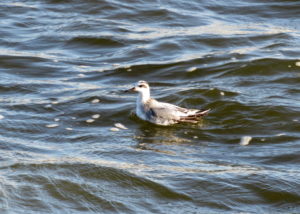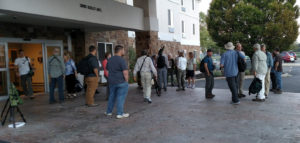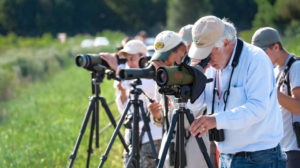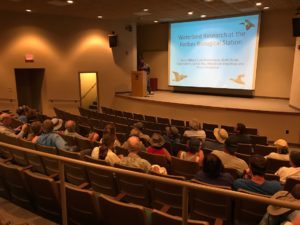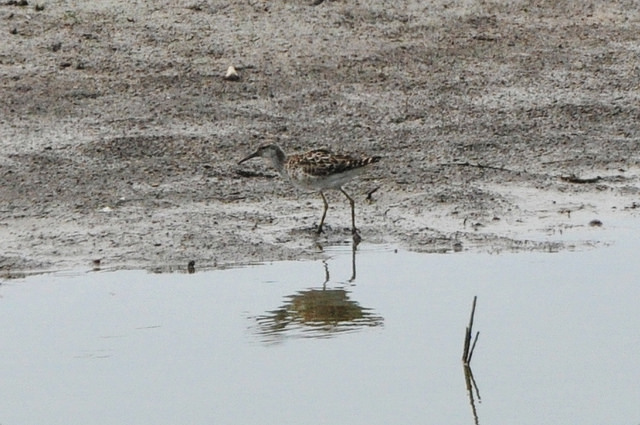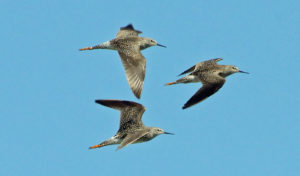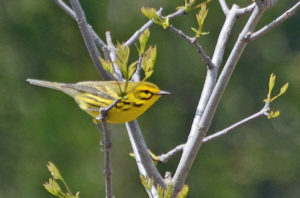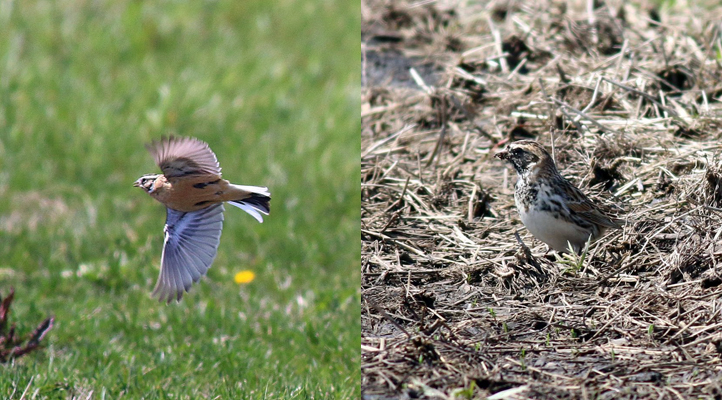Field Trip Report: Carlyle Lake 2018
I’d gone back and forth on coming to the Carlyle Lake trip. It was supposed to rain locally, and I didn’t know if it would be worth it. I knew a good front have moved in overnight, and I had hopes of some warblers and sparrows. After a sleepless night, I got up at 5 AM, already running behind. We were all supposed to meet up in Carlyle at 6:30 AM. It was an hour and twenty minute’s drive, and that didn’t include breakfast before or parking afterwards. Hurriedly grabbing almost everything I needed for the day (camera, binoculars, scope, tripod, water, etc.- y’all know the list) I left my snacks behind. The rain outside was a slight deterrent, but I assumed that it would lessen as I drove north to Carlyle. I was initially wrong about this.
The rain only picked up, and by Pinckneyville it was quite steady, forcing me to slow down for safety. As I drove through the dark, occasionally rolling down the window and letting the raindrops splash me to keep myself awake, listening to Paul Simon sing away on his Graceland album, my cruise control quit working and the check engine light came on.
Birding has always been escapism for me. If I don’t know what to do with myself, I just jump in the car and go looking for birds. I’m not always sure what to do to escape from birding- how do you go about escaping from escapism? My instincts were screaming at me to turn around, to turn back before I ended up breaking down on the side of the road. I was already running late- it was 5:50 AM- I’d slept only a few hours- surely it was too early in the morning for me to be safely driving in the rain?
Paul Simon’s song “Gumboots” came over the Bluetooth speaker:
“It was in the early morning hours
When I fell into a phone call
Believing I had supernatural powers
I slammed into a brick wall
I said hey, is this my problem?
Is this my fault?
If that’s the way it’s going to be
I’m going to call the whole thing to a halt.”
Then, as it often did, my stubborn streak overcame my anxiety. I turned off the music to listen for any weird noises, heard none, and put it back on. The car would pull through, or else. I was going to be late, but I wasn’t about to be VERY late. I’d paid to go on this trip, and I’d go on this trip. There was a good chance of a lifer Parasitic Jaeger or Brown Pelican out on the boat trip, after all, and I’d be furious with myself if I gave up then.
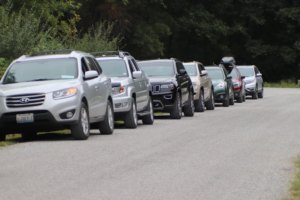
The rain broke near Carlyle, though as a reminder, gray clouds hung overhead, in the cool light of dawn. I pulled into the McDonalds parking lot where we’d agreed to meet up, at 6:40 AM. Everyone was already outside and I hurried over to join the group, spotting the familiar face of trip leader Keith McMullen as I did so. Keith drove at the head of the line of six or seven cars. Carpooling with him were Scott Latimer, Susan Miller-Zelek, and I.
Our first stop of the day was at the Dam West Boat Ramp, where a flock of Forster’s Terns greeted us. One of the terns in the flock was quite a bit darker and smaller- a Black Tern. Scopes were immediately trained on the flock of gulls on the breakwater, and further out where the terns foraged among the waves of the lake. If you turn 15 birdwatchers loose with scopes on any flock of birds, a rarity is almost certain to appear. This proved to be the case, as a Franklin’s Gull and two Herring Gulls materialized out of the flock of Ring-billed Gulls on the breakwater. Our most hoped-for bird, a Sabine’s Gull Keith McMullen had spotted the night before, failed to appear. However, eleven Little Blue Herons flying out over the lake proved a significant bonus.
Also, I’m going to give a shout-out to the Great Blue Heron that thinks he’s a gull and keeps landing on the breakwater and hunkering down with the gulls. I’ve seen him a few times now, and he never fails to amuse.
Having dissected the flock on the breakwater (visually, not literally) we got back in our cars and drove down the road to Eldon Hazlet State Park. Thousands of Tree Swallows swarmed over the fields on our way there, flying low due to the winds. It was a spectacle to behold, but it also indicated our biggest problem of the day- the weather. First came this wind- the warblers hid out in the bushes to avoid it instead of popping up to see us, though we did have a Blackburnian Warbler along the entrance road.
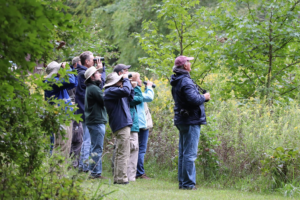
We found passerines in pockets out of the wind along the road, and soon we’d gotten great looks at Chestnut-sided Warblers, Black-and-White Warblers, Scarlet Tanagers, Magnolia Warblers, and many Rose-breasted Grosbeaks (about 30 at Eldon Hazlet!) Ospreys were constantly flying over the lake, and we noted one Canada Goose and Bald Eagle that seemed to follow us in the air. We hit upon one pocket that produced a Red-breasted Nuthatch, White-eyed Vireos, a Philadelphia Vireo, several American Redstarts, and more. We also got to hear a Barred Owl call, though we never saw it as it was hidden in the trees. On our way out, we had thousands of swallows fly low alongside the car- mostly Tree Swallows, although a couple of Barn Swallows and even a Cliff Swallow were noted.
The rains came in as we crossed over to South Shore State Park and looked at a couple of Cape May Warblers. We took a break for lunch and grabbed some fast food while it rained. After the rain passed, the wind picked up yet again as we went off to Keysport to look for the Brown Pelican. This was likely to be unsuccessful, as the Brown Pelican in question was about half a mile out, if it was there at all. While unsuccessfully staring into a mass of pelicans and cormorants on the islands half a mile out, Keith got a phone call from the boat rental. While not forbidding us to go out, they recommended that we stay onshore, as the high winds had stirred up up considerable waves that would leave us soaked and tossed about on the pontoon boats. Looking out at the comparatively shallow water in front of us, we could see whitecaps- and in the deeper waters we’d planned to boat on, the waves would only be stronger. A gust of wind sent a collective chill down our spines.
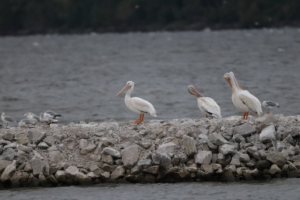
This was the point at which the Carlyle Lake Pelagic Trip became the Carlyle Lake Bi-State Trip. It was a fairly unanimous decision among the birders present to go over to Riverlands Migratory Bird Sanctuary in Missouri and see some of the shorebirds there, rather than grow wet and seasick on a pelagic trip. I ended up in the front seat, as Scott Latimer had to leave. We spotted a Red-shouldered Hawk on the drive over, and talked about how we first became interested in birding as the sun broke out of the clouds.
Riverlands was all we hoped for- the shorebirds were out and about, the sun was shining and it was in the 70s- absolutely perfect conditions. The long-staying Willet, Marbled Godwit, and pair of Ruddy Turnstones were clearly visible, if slightly distant. We talked to some of the local birders and scoped out the mudflats. Some of the group walked down along the edge of the fields and found a Sedge Wren. We also found three Baird’s Sandpipers sitting on the mudflats near the edge of the road, which provided excellent views of this species. A Peregrine Falcon flew down along the mudflat in front of us, and the Baird’s Sandpipers crouched down into the mud instead of flying. It worked, because the Peregrine missed them and continued on southwards.
We found an American Golden-Plover associating with some Blue-winged and Green-winged Teal, as well as a few Caspian Terns. Riverlands as usual was a joy to birdwatch, and going there was far preferable to being tossed about on a boat in the middle of Carlyle Lake.
Some of our group left us at this point, and the remainder drove back, yet again, to Carlyle Lake, looking out for that Sabine’s Gull again. The winds and rain had departed, and with the sun to our backs we scoped out the lake one last time. Unfortunately, the Sabine’s Gull refused to show itself, and so we went off to supper. Perhaps the day hadn’t gone as planned, but it was still a fun adventure and I had absolutely no regrets about going on the trip.
PS- I ended up getting my lifer Brown Pelican at Crab Orchard Lake in Williamson county, Illinois, a couple of weeks later. I didn’t expect to get that as a lifer in the Midwest, but after missing all of the previous five seen this year in Illinois, I was pretty thrilled to finally get a good look at one.
PSS- My check engine light has not turned back on since that trip. Fingers crossed!
by Jared Gorrell

